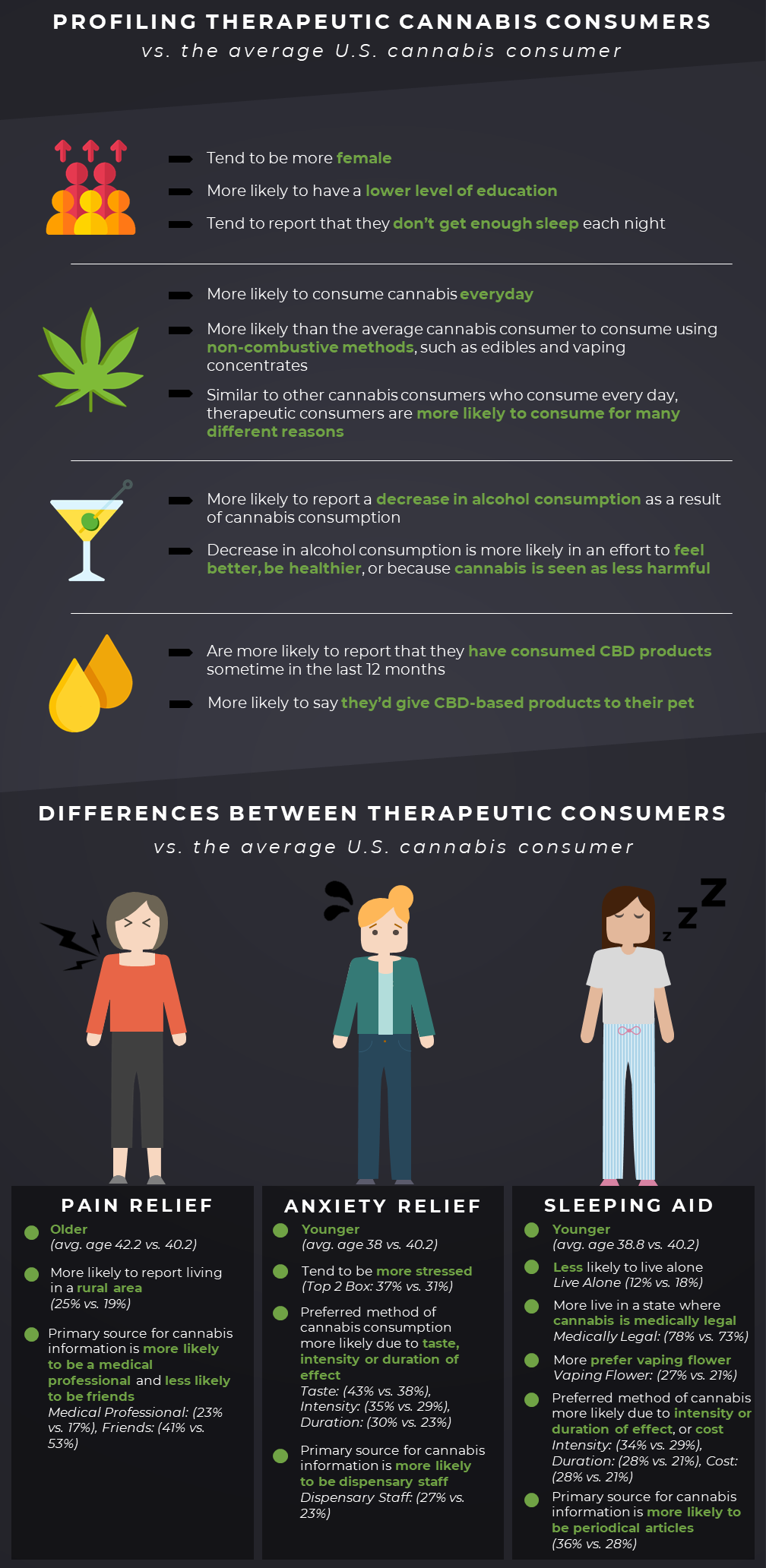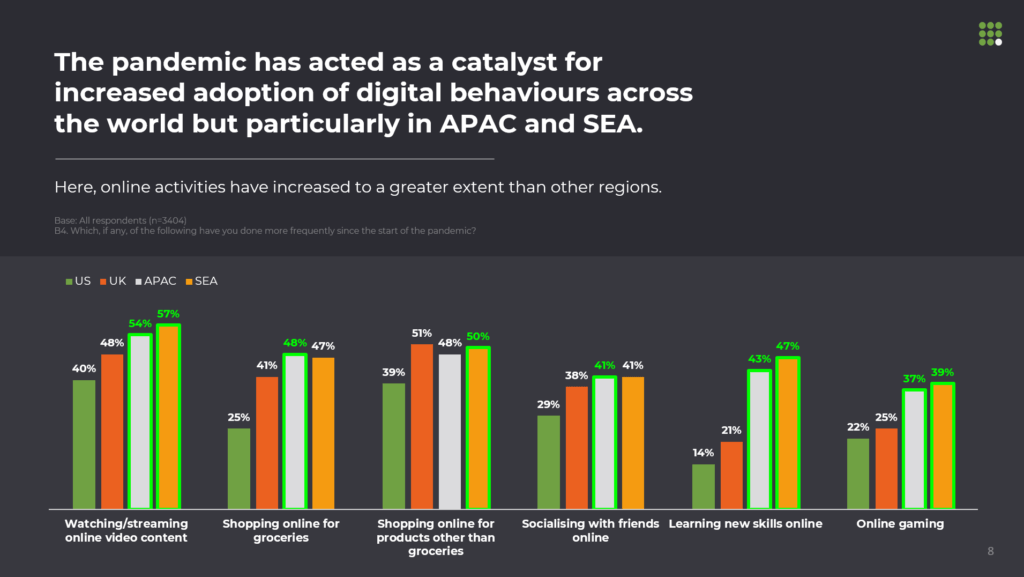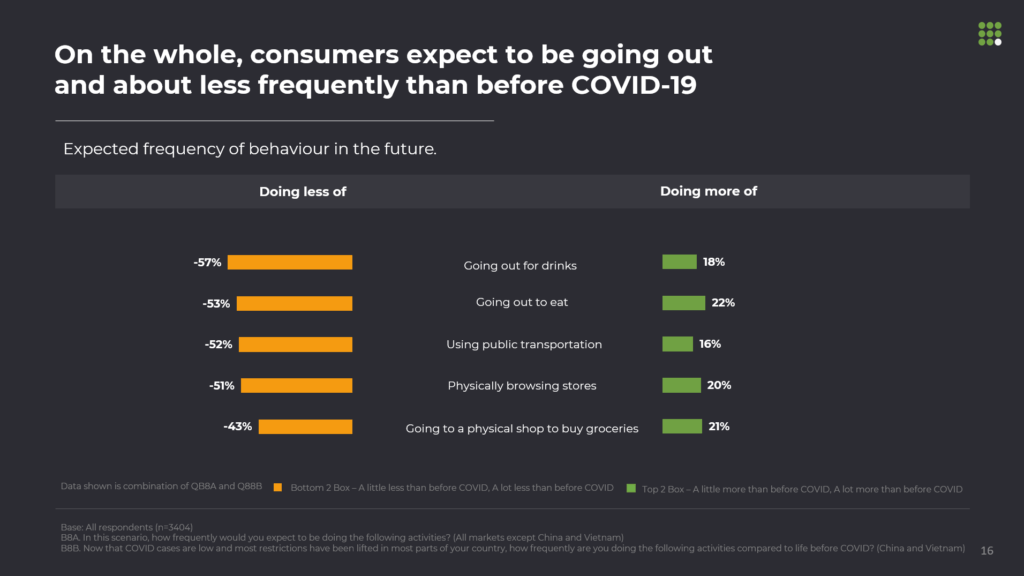The phrase “Never judge a book by its cover” does not apply to product packaging design. When package design is the only reference a consumer has, he is bound to go for the most appealing option. Years of market research have established that what’s outside the package is as important as what’s inside it. How else will a product stand out in a sea of competing brands? Yes, brand loyalty, ingredients, and other factors can make a difference, but in the end, most of it comes down to consumer psychology.
In a store, the package design is the gateway to the product. Successful brands use psychology in their product design and packaging, driving sales and brand loyalty. Consumers often perceive a product’s function and worth based on its packaging and design.
Product packaging is primarily dictated by the target audience and what they want. For brands targeting a younger demographic, for instance, it is essential to add personalization and brighter colors and fonts that appeal to the youth.
Get regular insights
Keep up to date with the latest insights from our research as well as all our company news in our free monthly newsletter.

This can change when catering to the same demographic in different countries. For instance, the environmental impact of packaging is a relatively less critical purchase factor for Japanese consumers, yet 80 percent of the respondents in India factor the environmental impact of packaging into their purchase decisions.
Understanding Consumer Psychology
Any buying decision involves consumers going through several cognitive stages when looking for a product actively. Their perceptions and opinions are based on what they see during this stage. After they select and purchase a product, they continue to evaluate their decision based on the product’s performance and experience.
When a product’s perceived value is high, consumers are less impulsive than when the value is lower. This explains why over 70 percent of supermarket purchases are not planned. Shoppers in supermarkets and grocery stores rely primarily on the instinctive cues they get from package design as they browse stores. These help them make quick judgments about the product’s quality and value and can be why they add it to their carts (or not).
Choosing the right colors
Research shows that color is one of the first things our brains see when they come across a brand and is often the first thing that pulls consumers in.
Do you feel calm in a blue room, and does yellow make you anxious?
Pablo Picasso once said, “Colors like features, follow the changes of the emotions.” Colour is known to change emotions, moods, and feelings dramatically. Colors can have different meanings from culture to culture, as the idea of color is deeply rooted in our experiences.
Color psychology is a hot topic in marketing, branding, and graphic design because colors play a huge role in brand perception and image.
When selecting colors, it is imperative to look into the cultural significance of each color. This becomes necessary for brands planning international market entry, as different cultures have different connotations and emotions attached to specific colors. For instance, while green is a color of prosperity in many Muslim nations, it is a color associated with illness and death in some South American cultures.
It is also essential to consider how your brand colors align with your brand and its identity. Other considerations are whether these colors stand out in a crowded marketplace and how they would work for those who are colorblind.
Format and materials
The format or shape of the packaging is often based on whether the package will be used or discarded. In case it’s part of the product, like a milk carton, the quality, materials, and function are important considerations. For instance, a square or rectangular base is better so it can fit in the refrigerator more efficiently, and an easy-to-pour spout enhances convenience and functionality.
Packaging design depends on many other factors as well. For instance, a luxury product needs to be packaged in a way that reflects the high price of the product. In recent years, sustainability has also become a huge factor in selecting packaging materials, and an exciting product design may encourage consumers to post the packaging or unboxing online.
Typography and labels
Typography is the art of placing text to make the copy clear, legible, and visually attractive. It utilizes font style, size, and structure to evoke feelings and emotions and convey a message. It also helps balance the graphics on a package.
The font styles and sizes you use on your packaging play a huge role in the overall design and how consumers perceive your brand. The logo, typography, and fonts allow your brand to stand out from the competition. The typography helps catch your target audience’s attention and conveys the brand’s message. It also helps establish consistency, a vital aspect of brand identity.
For a successful packaging design that quickly moves the product off the shelves, brands need to know their target audience and stay abreast with the latest trends. The typesetting, fonts, and styles you use, just like the graphic and color choices, are based on your target market —factors such as age, gender, language, culture, and preferences influence the typography of a product’s package design.
By providing invaluable information regarding current market trends and the unique wants and needs of a brand’s consumer base, market research helps a brand develop its business and marketing strategy. Market research benefits many different facets of business, including product design and packaging.
Brands need to have complete knowledge of consumer desires and the effect of specific product packaging on purchasing patterns and preferences. In market research, there are many different means for gathering this data, each with its own set of advantages. In most cases, it is best to use a combination of methodologies to understand the effectiveness of your packaging design and labels.
Market research allows brands to tap into the psyche of their target markets to gain a deeper understanding of how a package design impacts purchasing decisions.
This can be done in many ways by gathering data, each method with distinct advantages.
Some common forms of gathering data:
1. Focus groups
Market researchers often use focus groups and show them labels and packages to gauge their first reactions to the design, colors, typography, offers, and form. The focus group participants sample the product and look at the packaging and label to provide insights into what part of the packaging would influence their purchase decision.
2. Interviews and discussions
Many brands conduct interviews with consumers as they browse competing products in a store setting. Questions like, “what made you add a product to your cart?” can uncover purchase decisions and the effectiveness of your product packaging. You may also interview employees from different departments who know the product well.
3. Surveys
Online surveys are a quick and easy way to conduct a survey. These can be carried out for in-store and online purchases on eCommerce sites and allow for anonymity, providing information and insights into purchase decisions and behavior. A well-designed survey employs a rating scale and asks open-ended questions.
4. Observation
Market researchers often use direct observation by visiting the store and observing how the products on the shelf move. In this manner, it is possible to see how the placement of items in a store affects sales. It also allows brands to look closely at the competition to see what graphics, colors, and other visual elements affect purchase decisions. How would your product look in comparison to competing brands? Does it blend in or stand out? Does it stand out in a good way? Making frequent visits to stores can provide a window of opportunity and is a powerful way to conduct market research.
Market research provides invaluable insights into market trends, consumer psychology, and behavior. It can help formulate the right business and marketing strategy for businesses, including package design.
Package design research is more critical now than ever. In many cases, the retail package design is the only advertisement for the brand. The brand’s packaging has a few seconds to draw consumers to the product and evoke purchase intent.
While brands use many quantitative and tried and tested package designs, they often tend to overlook the subjective side of research, which requires qualitative research methods and tools—knowing the “why” behind purchase decisions and consumer motivations can provide the essential piece in understanding the effectiveness of a new package design or redesign.















 Senior Marketing Executive
Senior Marketing Executive Sales & Marketing
Sales & Marketing Vital Strategies
Vital Strategies
 Customer Intelligence Director
Customer Intelligence Director